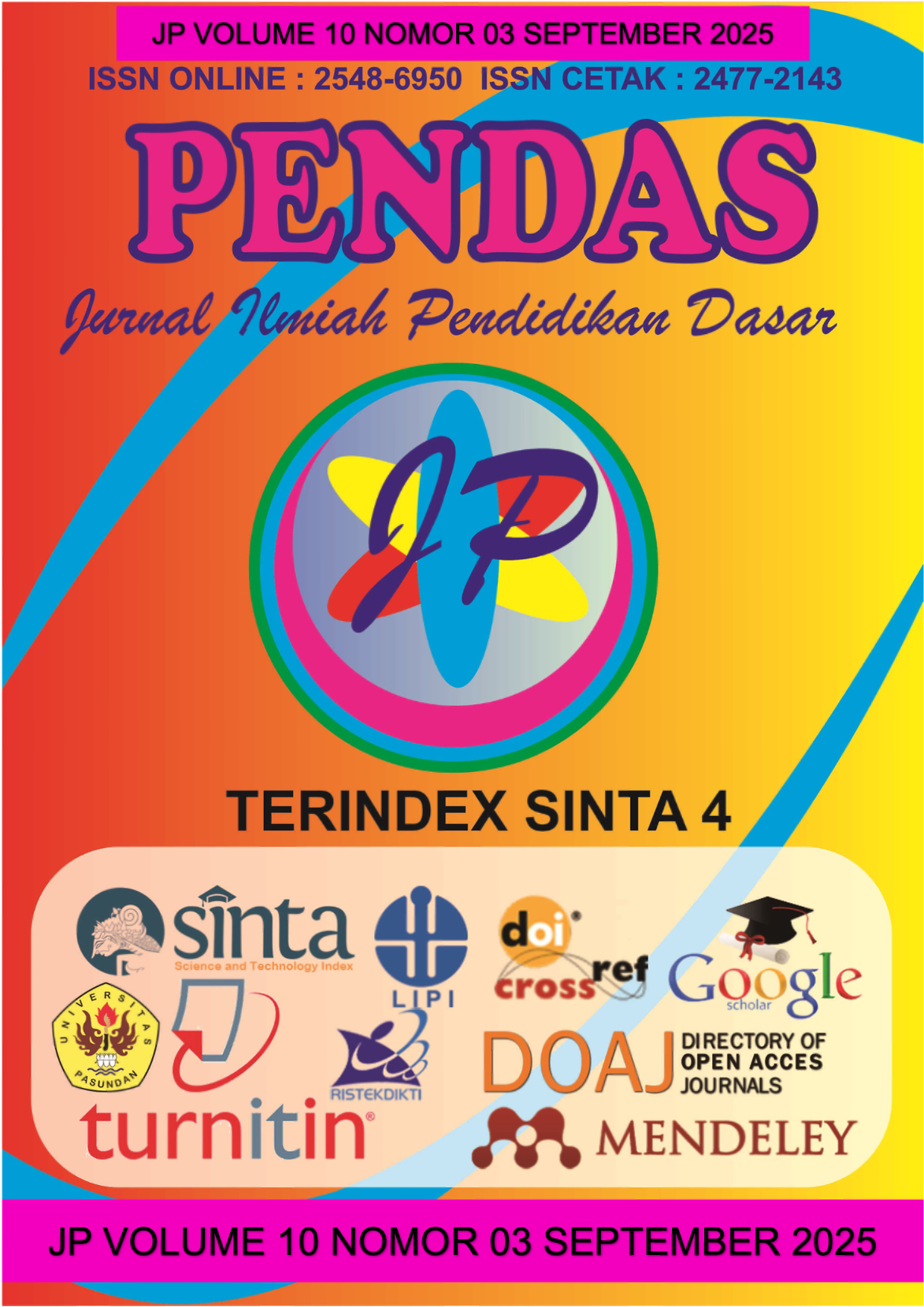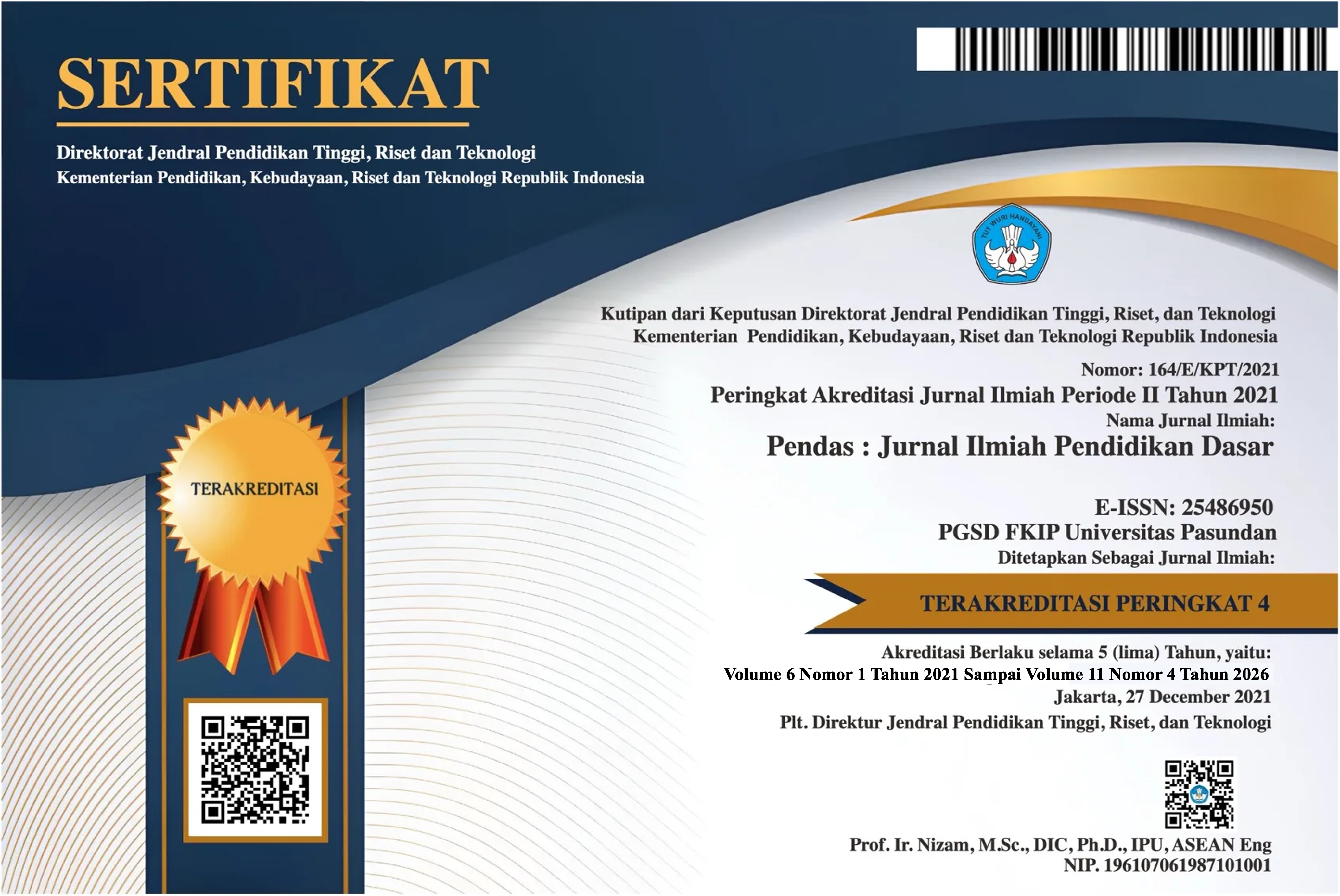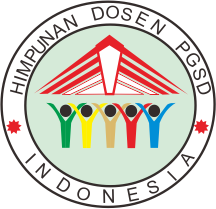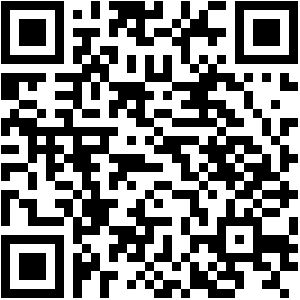PENINGKATAN MODEL STUDENT TEAM ACHIEVEMENT DIVISION (STAD) BERBANTUAN MEDIA MISSION FRUITS TERHADAP KEMAMPUAN PEMAHAMAN KONSEP SISWA SEKOLAH DASAR
DOI:
https://doi.org/10.23969/jp.v10i03.30226Keywords:
Student Team Achievement Division (STAD);Conceptual Understanding; Mission FruitsAbstract
This study aims to examine the effectiveness of the Student Team Achievement Division (STAD) model assisted by Mission Fruits media on elementary school students' conceptual understanding. The issue addressed is the low level of students' conceptual understanding during the learning process. This research uses a quantitative approach, with the population consisting of all students at SDN Susukan 01, and the sample includes students from classes IIIA and IIIB at SDN Susukan 01. Data analysis was conducted using normality tests, homogeneity tests, independent sample t-tests, regression tests, and paired sample t-tests. The results of the study show: (1) There is a significant difference between the experimental class, which used the Student Team Achievement Division (STAD) model assisted by Mission Fruits media, and the control class, which used the Student Team Achievement Division (STAD) model without the media. This is evidenced by a significance value of 0.002 < 0.05 based on the independent t-test. (2) The Student Team Achievement Division (STAD) model assisted by Mission Fruits media significantly influences students' conceptual understanding, as indicated by a significance value of 0.000 < 0.05 based on the regression test. (3) The Student Team Achievement Division (STAD) learning model assisted by Mission Fruits media is effective in improving students' conceptual understanding. This is shown by the comparison between the post-test and pre-test results in the experimental class, which indicates that students' conceptual understanding in the post-test is higher than in the pre-test. The significance value obtained in the paired sample test is 0.000 < 0.05. The conclusion of this study is that the Student Team Achievement Division (STAD) learning model assisted by Mission Fruits media is effective in enhancing students' conceptual understanding.
Keywords:Student Team Achievement Division (STAD);Conceptual Understanding; Mission Fruits
Downloads
References
Rahayu, B. A., & Suryani, E. (2022).
Pengaruh Model Teams Games
Tournament (TGT) Berbantuan
Media Ular Tangga untuk
Pemahaman Konsep Siswa pada
Pelajaran IPA Kelas 4 SD Negeri
Bakalrejo 01. Media Penelitian
Pendidikan, 16(1), 14–20.
Rodhotul Janah, L., Fina Fakhriyah, &
Ahmad Bakhruddin. (2023).
Penerapan Model Student Team
Achievement Division (STAD)
Berbantu Media Diorama Solar
System untuk Meningkatkan
Pemahaman Konsep Siswa pada
Kelas VI di SD 5 Klumpit. Didaktik :
Jurnal Ilmiah PGSD STKIP
Subang, 9(04), 1644–1654.
https://doi.org/10.36989/didaktik.v9
i04.1499
Sangsurya, Y., Muazza, M., &
Rahman, R. (2021). Perencanaan
Sumber Daya Manusia dalam
Peningkatan Mutu Pendidikan di
SD Islam Mutiara Al Madan Kota
Sungai Penuh. Jurnal Manajemen
Pendidikan Dan Ilmu Sosial, 2(2),
766–778.
Siti Ruqoyyah, D. (2020).
Kemampuan Pemahaman Konsep
dan Resiliensi Matematika dengan
VBA Microsoft Excel. CV. Tre Alea
Jacta Pedagogie.
Sugiyono. (2017). Metode Penelitian
Kualitatif. Alfabeta.
Sugiyono. (2018). Metode Penelitisan
Kuantitatif, Kualitatif, dan R&D.
Alfabeta.
Sugiyono. (2019). Metode Penelitian
Kuantitatif, Kualitatif dan R&D.
Alfabeta Bandung.
Sugiyono. (2021). Metode Penelitian
Kuantitatif, Kualitatif dan R&D (3rd
Ed.). Alfabeta.
Suryani Ela, K. Y. P. (2018). Profil
Tingkat Pemahaman Konsep
Cahaya pada Siswa Sekolah
Dasar. Seminar Nasional
Hardiknas 2018, 168–172.
Winarni, E. W. (2021). Teori dan
Praktik Penelitian Kuantitatif,
Kualitatif, PTK, R & D. Bumi
Aksara.
Wulandari, A. P., Salsabila, A. A.,
Cahyani, K., Nurazizah, T. S., &
Ulfiah, Z. (2023). Pentingnya Media
Pembelajaran dalam Proses
Belajar Mengajar. Journal on
Education, 5(2), 3928–3936.
Downloads
Published
Issue
Section
License
Copyright (c) 2025 Pendas : Jurnal Ilmiah Pendidikan Dasar

This work is licensed under a Creative Commons Attribution 4.0 International License.



















